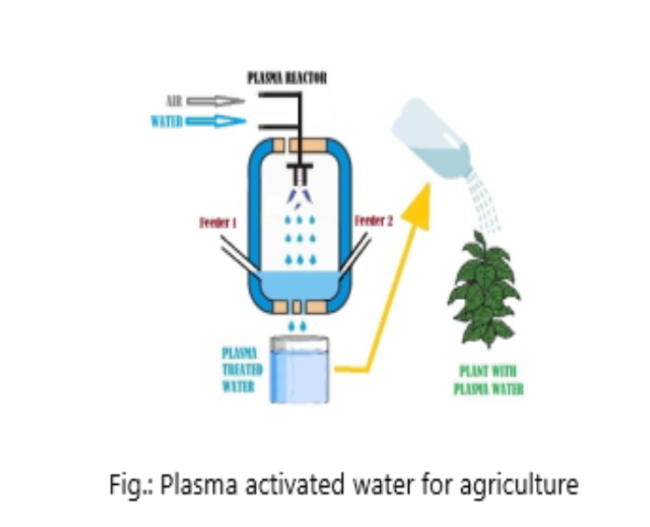The previous two or three decades have seen abrupt population rise, which has raised demand for food that is healthy as well as allowed agriculture to grow. With the change in consumer demands and food safety guidelines, food processing technologies have changed as well as the load on the environment and natural resources will consequently increase dramatically. Thermal food processing is still one of the key methods utilised in the food processing industry, having been around for more than 200 years. High heat treatment can have un-favorable impacts on food, such as color, texture, and nutritional loss, which encourages researchers to look into additional possibilities of non-thermal handling of food.
Methods like: infrared heating, ultrasound heating, ohmic heating, pulsed electric field, high-pressure processing, ozone processing, pulsed light, cold plasma, and dielectric heating (microwave heating and radiofrequency) are some of the new processing techniques that researchers are working on developing that preserve the majority of the desirable features of food items. These newly developed methods provide little processing, preserving food’s sensory qualities while protecting its bioactive components and prolonging its shelf life. New methods have several uses in the food industry, including lowering heating and residence times, enhancing food quality, increasing energy production, managing mail-lard and other chemical reactions, and protecting the environment from stress. A novel technique for decontaminating fresh produce is the use of cold plasma. When used to a variety of food products, such as grain, meat, poultry, dairy, fruits, and vegetables, as well as packaging, plasma processing is a versatile technique.
Regarding the attainment of an environmentally friendly green economy in the agricultural sector, many paths are being investigated as substitutes. Specifically, direct seed surface treatment using Dielectric Barrier Discharge (DBD) technology has become a topic of increasing attention in the agricultural field. Several research works have demonstrated the advantages of using non-thermal processing techniques (NTPs) to control biological materials related to seed contamination, surface feature modification, enzyme activity, and meta-bolomic processes, all of which enhance the formation of seeds and initial establishment. This ecologically friendly technique has gained a lot of attention as a way to support sustainable agriculture since it offers a competitive alternative to conventional farming techniques.
Low atmospheric pressure or cold plasma produced highly energetic electrons, ions, UV radiation, reactive oxygen, and nitrogen species (RONS) at atmospheric air, and these materials have a variety of uses in groundwater treatment and agriculture. In addition, DBD plasma enhanced the conductivity of electrical current and oxygen dissolution while decreasing various levels of physical measurements including pH, turbidity, total suspended particles, and all the dissolved solids. Along with the decrease in the content of heavy metals like iron, cadmium, lead, and zinc, there was also a notable decline in the amount of certain types of chemical parameters that are like calcium, phosphorus, sodium, manganese, and chromium. On the other hand, nitrite, nitrate, and sulphur proportions increased progressively. In addition to acting as an antibacterial, soaking seeds in plasma activated water (PAW) promotes plant development and seed germination.
Because plasma therapy interacts complexly with organic components and live cells, it can have a wide range of impacts on seed shape. It was discovered that the plasma chemistry can regulate the germination of a number of distinct crop species. More specifically, without appreciably changing the proportion of germination, implantation may be either sped up by improving the wettability characteristics of the seed’s exterior or postponed by applying strong plasma-reactive layer. For pea, radish, maize and bean seeds, germination was postponed using selected gas and plasma circumstances; for soybean and corn seeds, germination was expedited. The modification of the surface characteristics and the decrease in pathogen/chemical contamination of plant seeds are additional effects of the plasma therapy.
Direct plasma discharge in exposure to seeds may, under some experimental circumstances, have detrimental effects on the seed cells, including membrane damage, cell death, and protein breakdown. Both thermal and non-thermal plasma are employed in the food and agriculture industries for:
- Purification of water and wastewater
- Making use of and managing industrial waste pest management and soil treatment
- Removing odors from the air during the production of agriculture and using waste
- O3, a deodorizing and antibacterial chemical, is used in typical freezers for food pasteurization, disinfection, and preservation
- Sterilization and conditioning of biomaterials, including food, as well as food packaging and storage, improvement of fruit development, plant growth, and seed germination



